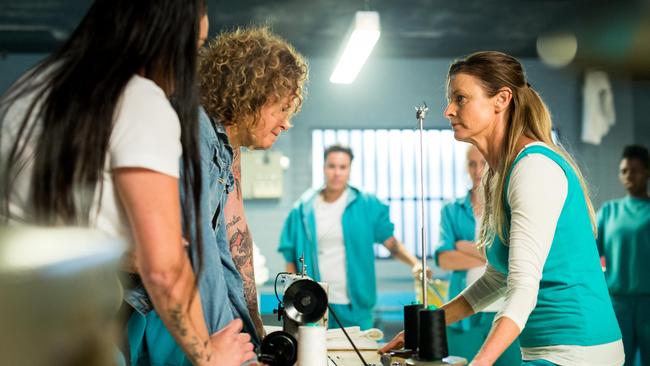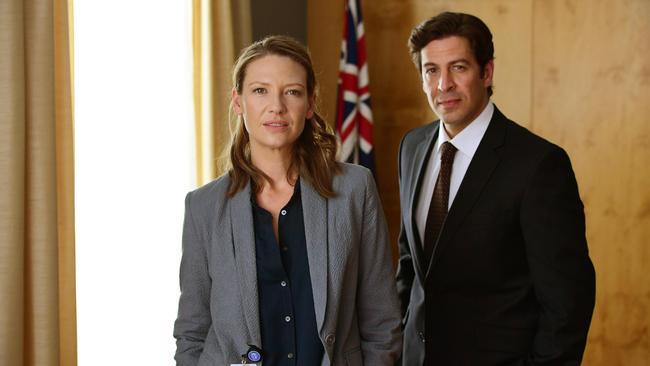Streaming: Young viewers prefer to pay for quality content
Younger Australians are shunning free-to-air television in favour of subscription platforms.

Younger Australians are shunning free-to-air television in favour of subscription platforms, amid a push by the federal government to boost the amount of original local content produced by the market’s newcomers.
The nation’s engagement with subscription video on demand (SVOD) services has exploded in the past three years, as several new players entered the sphere.
As of June last year, more than 70 per cent of Australians regularly accessed subscription services, while 96 per cent are now “aware” of them, say findings to be released on Monday by the Bureau of Communications, Arts and Regional Research.
The survey found people more likely to subscribe to SVOD services were younger (most were under 40), lived with other people and had a higher income. Netflix remains the most popular platform, with more than 13 million Australians accessing the service.

There were 926 Australian titles on SVODs as of June 2020. Of all the subscription services, Foxtel has the greatest proportion of local content in its catalogue.
Amanda Laing, chief content and commercial officer for the Foxtel Group said: “Our history is steeped in supporting and broadcasting a rich variety of high-quality Australian content, including commissioning award-winning Australian dramas, lifestyle and factual programming, from Wentworth to Selling Houses Australia and Gogglebox.
“While audience tastes are constantly changing, the strength of Australian storytelling in these series resonates strongly with our viewers.
“We have also assisted Australian talent shine on the world stage. This includes acclaimed international exports such as Secret City and our current Foxtel Original, The End, which have sold globally and are available in dozens of countries.”
Commissioning of Australian TV content is still led by free-to-air broadcasters, with public broad-casters ABC and SBS developing the most locally produced shows in the 2020 financial year.

Communications Minister Paul Fletcher is seeking to redress the imbalance, as outlined in a government Green Paper released last November.
“That the business model of free-to-air television networks is increasingly challenged is certainly a problem for the owners of these networks. It is also a public policy problem,” it says. “The financial pressure on broadcasters will have knock-on effects for the production of Australian content. The volume, variety and quality ... is likely to decline; audiences will have access to fewer Australian voices and stories.”
Last week, Mr Fletcher said the government was committed to ensuring that the large SVODs invest a proportion of their Australian revenue in Australian content. “These proposals would reduce the regulatory imbalance between broadcasters and their internet-based competitors, and sustain the continued delivery of high-quality Australian content,” he told The Australian.







To join the conversation, please log in. Don't have an account? Register
Join the conversation, you are commenting as Logout